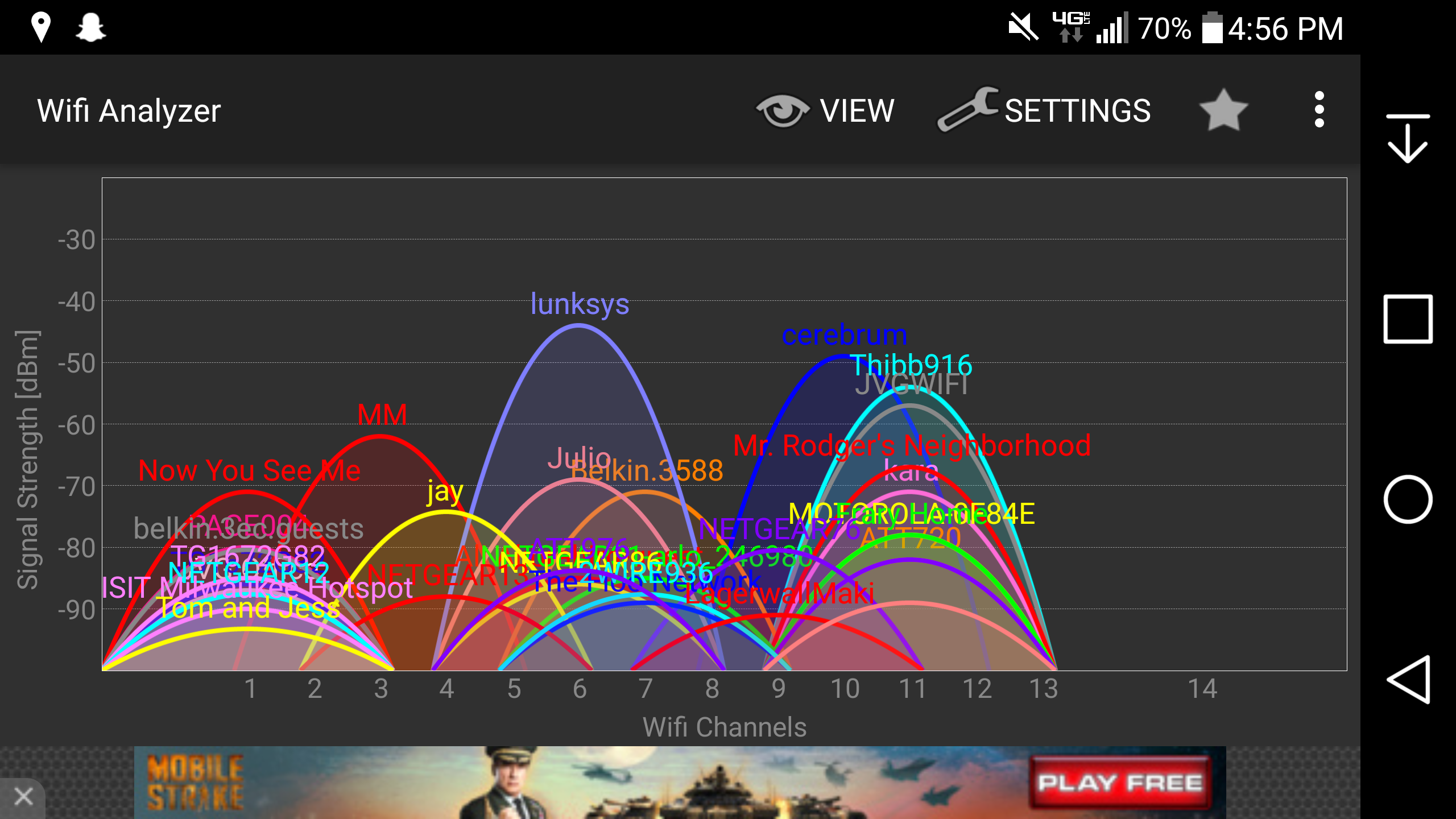

These tunnels first used Secure Sockets Layer (SSL) as an encryption protocol. HTTPS is essentially an encrypted communications tunnel containing HTTP traffic. However, as security became an increasing concern, websites started switching to HTTPS, and now we rarely see HTTP traffic from web browsing. In the mid- to late-1990s, the most common protocol used by websites was Hypertext Transfer Protocol (HTTP), which generated unencrypted web traffic. We recommend you review this pcap in a non-Windows environment like BSD, Linux or macOS if at all possible. There is a risk of infection if using a Windows computer. Warning: The pcap used for this tutorial contains Windows-based malware.
Here is a Github repository with a ZIP archive containing the pcap and a key log file used for this tutorial. Note: Our instructions assume you have customized your Wireshark column display as previously described in “ Customizing Wireshark – Changing Your Column Display.”. Today, we will examine HTTPS activity from a Dridex malware infection. With this key log file, we can decrypt HTTPS activity in a pcap and review its contents. Decryption is possible with a text-based log containing encryption key data captured when the pcap was originally recorded. This Wireshark tutorial describes how to decrypt HTTPS traffic from a pcap in Wireshark. When reviewing pcaps from malware activity, it’s very helpful to know what’s contained within post-infection traffic. But like most websites, various types of malware also use HTTPS. Why? Because most websites use the Hypertext Transfer Protocol Secure (HTTPS) protocol. When reviewing suspicious network activity, we often run across encrypted traffic. The instructions assume you are familiar with Wireshark, and it focuses on Wireshark version 3.x. Here's a sample window depicting TCP traffic for for pdf download from 204.144.14.This tutorial is designed for security professionals who investigate suspicious network activity and review packet captures (pcaps) of the traffic.

run this command in a OSX terminal window: rvictl -s x where x is the UDID of your iOS device.connect iOS device and computer to the same WiFi network.connect iOS device to computer via USB cable.Great overview so far, but if you want specifics for Wireshark + OSX + iOS: You can then route your traffic through your server by setting up the mobile device as a VPN client and capture the traffic on the server end. This has the advantage of giving you 802.11x headers as well, but you may miss some of the packetsĬapture using a VPN server: Its fairly easy to set-up your own VPN server using OpenVPN. See here for more detailsįor all phones, wi-fi only: Set up your Mac or PC as a wireless access point, then run wireshark on the computer.įor all phones, wi-fi only: Get a capture device that can sniff wi-fi. I have used this app successfully, but it also seems to affect the performance with large traffic volumes (eg video streaming)įor IOS 5+ devices, any network: iOS 5 added a remote virtual interface (RVI) facility that lets you use Mac OS X packet trace programs to capture traces from an iOS device. I haven't tried this app, and there are some restrictions on the type of devices supported (see their page)įor Android phones: tPacketCapture uses the Android VPN service to intercept packets and capture them. Tip: You will need to make sure you supply the right interface name for the capture and this varies from one device to another, eg -i eth0 or -i tiwlan0 - or use -i any to log all interfacesįor Android 4.0+ phones: Android PCAP from Kismet uses the USB OTG interface to support packet capture without requiring root. This app is a tcpdump wrapper that will install tcpdump and enable you to start captures using a GUI. For Android phones, any network: Root your phone, then install tcpdump on it.


 0 kommentar(er)
0 kommentar(er)
